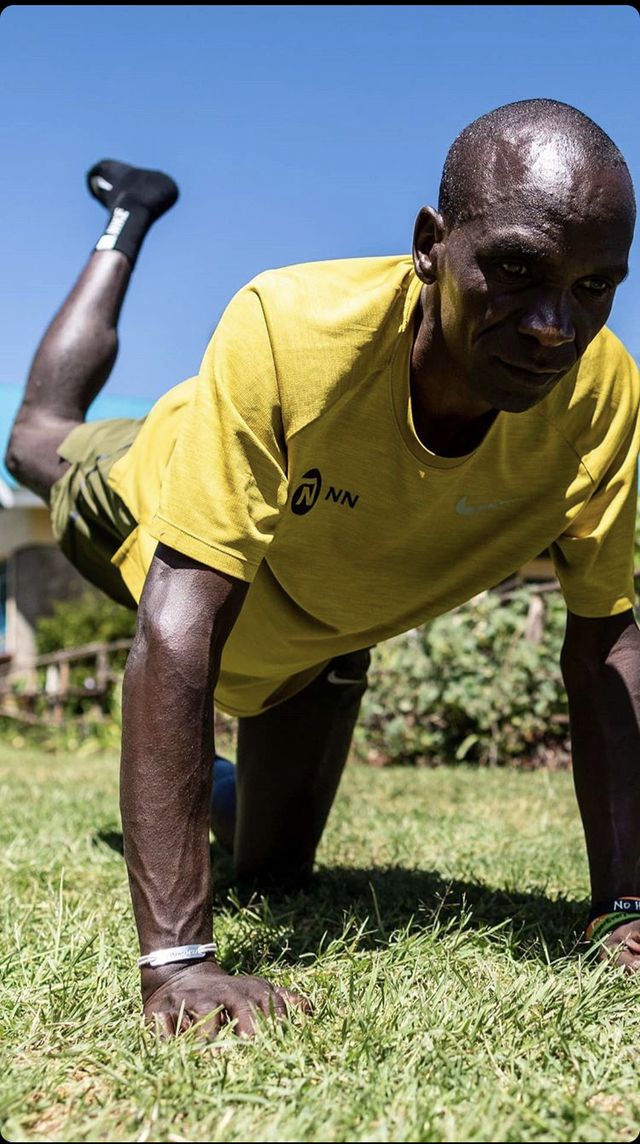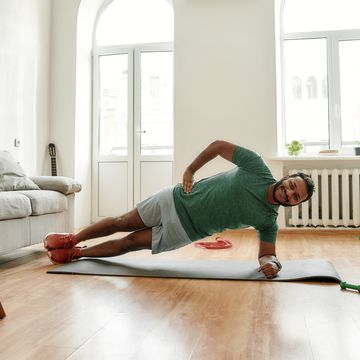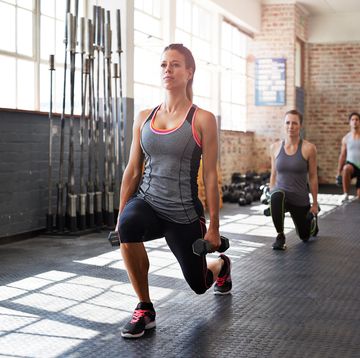As runners, we’re constantly being told we’ve got lazy glutes, but what does that mean and why is it important? Ultramarathon legend Nikki Kimbell explains, “when we run, the glutes hold our pelvis level and steady, extend our hip, propel us forward, and keep our legs, pelvis, and torso aligned. So when our glutes are faulty, our entire kinetic chain is disrupted. Studies link glute weakness to Achilles tendinitis, shin splints, runner’s knee, and iliotibial-band syndrome.”
In short, we should all be adding glute exercises to our strength training plans, and firing up the glutes before we head out for a run. But what do the pros do?
Kipchoge glute exercise
In October, Go back to the starting position and repeat on the other leg. A month later, he's back in the gym, working on his 2020 goals.
In the run up to his attempt, Kipchoge was running between 124 and 140 miles per week. At his training camp, the Kenyan great typically got up around 5 a.m., then left for his first run at 6 a.m. On his easy days, he would go really easy—sometimes as slow as 9:40 pace—in order to be fresh for workouts.
On Instagram, Kipchoge shared photos of his training, including what looks like weighted step-ups in the gym, and a simple bodyweight move you can do just about anywhere - glute kickbacks.
How:
- Get into a table-top position. Your head should be looking forward and the bend of the knees should create a 90-degree angle between the hamstrings and calves.
- As you exhale, lift your right leg up until your hamstrings are in line with your back, maintaining the 90-degree angle bend. Contract your glutes and hold at the top for a second.
- best glute stretches for runners.
Of course, this is probably just one of the many strength and conditioning exercises Kipchoge uses to stay strong, but if you’re looking for more inspiration, try these:














